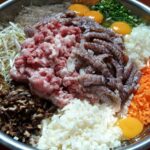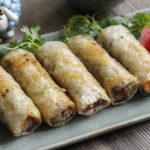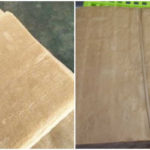Fried spring rolls are a beloved rustic dish in Vietnam, enjoyed by many. These crispy rolls are typically served with a variety of fragrant herbs and can be eaten with hot rice or rice vermicelli noodles. Spring rolls come in several delicious variations, including traditional, shrimp and pork, crab, snail, and seafood spring rolls. One of the key factors that determine the deliciousness of spring rolls is the wrapper.
Tips for Choosing Spring Roll Wrappers
- Traditional Spring Roll Wrappers
Traditional spring roll wrappers are soft and thin. In dry weather, you may need to moisten them before wrapping. Additionally, this type of wrapper tends to be slightly salty. The most famous traditional wrappers are made in Thổ Hà or Chều villages.
Spring rolls wrapped in traditional wrappers are best enjoyed fresh and crispy. However, they are not suitable for freezing as they tend to break easily, causing the color of the rolls to dull. When fried, these wrappers burn easily, and the rolls become soggy quickly.
To make your spring rolls crispier, you can brush the wrappers with diluted caramel sauce, vinegar, or beer before frying. This not only enhances the crispness but also gives the rolls an appealing golden color. For the crispest spring rolls, it is recommended to fry them twice: first at a lower temperature to cook the filling, and then at a higher temperature to achieve the desired golden crispness.
- Lacy Spring Roll Wrappers
Lacy wrappers, also known as “nem rế,” produce crispy spring rolls, but their perforated structure allows oil to seep through, resulting in oil-logged rolls. Combining lacy wrappers with other types of wrappers can help strike a balance between crispness and oil absorption.
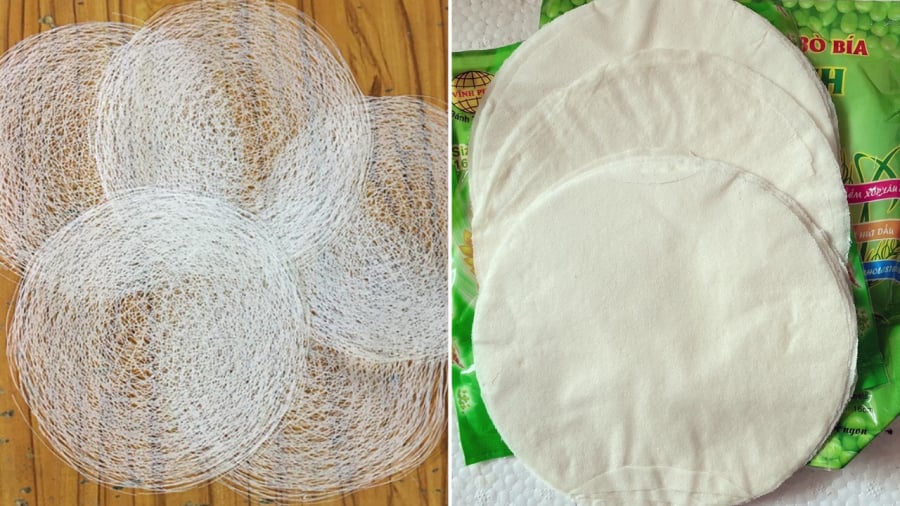
- “Bò Bía” Wrappers
“Bò bía” wrappers are soft, pliable, and easy to work with. There is no need to moisten them before wrapping. When fried, they turn a beautiful golden color. However, they have a slightly sweet taste and, like lacy wrappers, tend to absorb oil. Even when blotted with paper towels, the rolls may still be greasy.
- Ram Wrappers
Ram wrappers are a favorite among many. They are pale in color, chewy, and resistant to tearing during the wrapping process. Fried spring rolls made with ram wrappers turn a beautiful golden color and are incredibly crispy. This type of wrapper is also suitable for freezing. However, ram wrappers are slightly thicker, resulting in a firmer, less crispy texture.
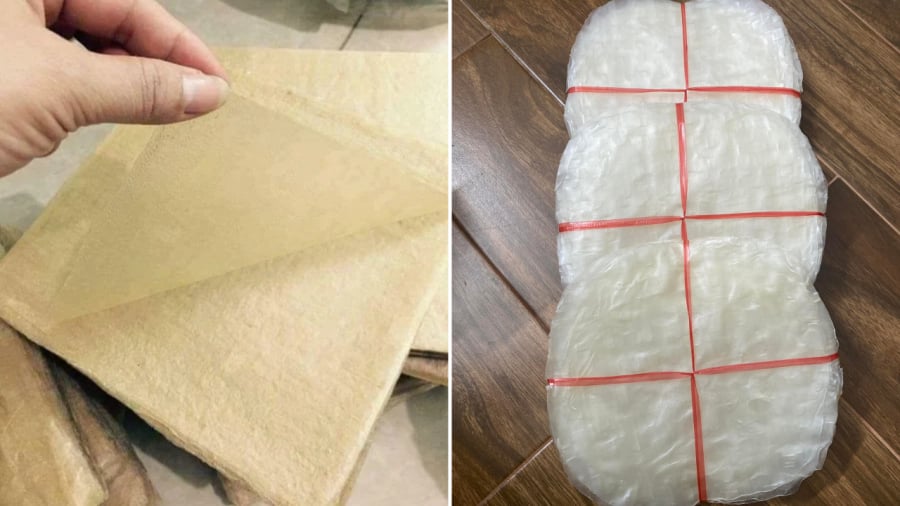
- Cầu Bố Spring Roll Wrappers
Unlike other wrappers, Cầu Bố wrappers are larger in size, with a puffed structure. They are crisp and fragile, unable to be compressed like other wrappers. Before wrapping, you will need to dampen them to make them pliable.
Spring rolls wrapped in Cầu Bố wrappers fry up with a beautiful golden color but tend to become soggy quickly.
Additional Tips for Making Fried Spring Rolls
In addition to choosing the right wrapper, there are a few other factors to consider to ensure your fried spring rolls stay crispy. These include the filling and the frying technique.
- Spring Roll Filling
The filling typically includes meat, vegetables, cellophane noodles, wood ear mushrooms, herbs, and eggs. For the vegetables, it is important to grate them into thin strands and sprinkle with a little salt to draw out excess moisture, helping to maintain the crispness of the rolls when fried.
Mix the eggs with the meat first before combining with the remaining ingredients. This helps prevent the filling from becoming watery. Avoid using too many eggs, as they can also contribute to a watery filling.
Season the filling with ingredients like seasoning powder and pepper to enhance the flavor.
- Wrapping Technique
When wrapping spring rolls, it is recommended to use one and a half wrappers to prevent breakage. Place a whole wrapper on a flat surface and top it with half of another wrapper. The top wrapper can be the same type as the bottom one, or you can use a lacy wrapper to add crispness.
Add an appropriate amount of filling to the wrapper and roll it evenly. Do not roll too tightly, as the filling will need space to expand during frying.
- Frying Technique
Heat oil in a pan. When the oil is hot, carefully place the spring rolls in the pan. To achieve a round shape, use chopsticks to gently roll the spring rolls. Fry over medium heat to ensure the filling cooks through without burning the wrappers. When the spring rolls are almost done but not yet golden, remove them from the oil and drain the excess.
Just before serving, heat oil in a pan and fry the spring rolls a second time to achieve a golden, crispy exterior.
These are some insights into the different types of spring roll wrappers, their pros and cons, and some tips for making delicious fried spring rolls. Feel free to use this information as a guide to creating mouthwatering spring rolls.
The Ultimate Guide to Seafood Nem: A Delicious Vietnamese Treat for Tet and Beyond
With this delicious seafood spring roll recipe, you’ll be the star of your Tet holiday feast! This mouth-watering dish is a flavorful twist on traditional spring rolls, and with our easy-to-follow guide, you can create a dish that’s sure to impress. It’s a perfect way to celebrate with a unique and tasty treat.
Preserving Rice Paper: Tips and Tricks
Introducing the secret to delicious, crispy, and mouth-watering fried spring rolls: rice paper! This versatile ingredient is a staple for many, especially those who love to indulge in the perfect spring roll. But the secret to success lies not only in the spring roll’s filling but also in the rice paper’s freshness. Many home cooks stock up on rice paper, only to find that improper storage leads to dry, brittle sheets that are unusable. The key to avoiding this disappointment is proper storage, ensuring your rice paper remains fresh and ready for whenever those spring roll cravings hit.

























